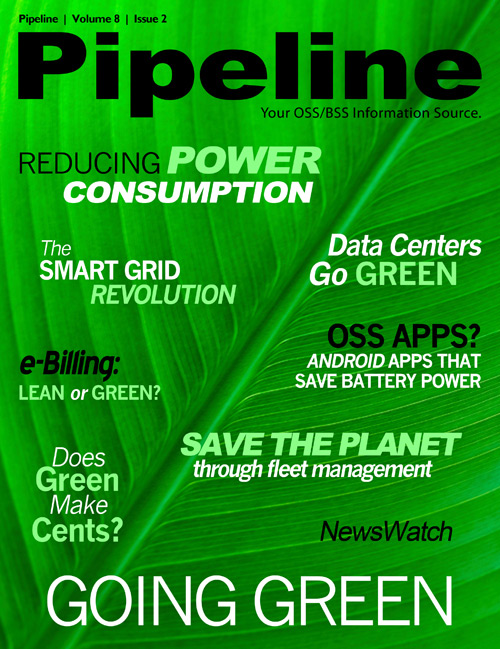Can Use Less
Still, analysts are optimistic about the overall motivation among carriers to create leaner, greener
networks. Pike Research, in a separate report, says that by 2014, capital investment in green network
equipment could reach $122 Billion, which amounts to some 46% of total network equipment
expenditure.
More than being an indication that more carriers are looking to buy green equipment, this is an
indication that a modicum of efficiency is becoming table stakes. Network elements are becoming more
efficient by way of evolution, rather than revolution.
Which is not to say that the overall shift to carbon footprint reduction isn’t revolutionary. It is. But
it also just makes good sense from a cost perspective, from a marketing perspective, and from the
perspective of overall efficiency.
According to an article written by Huawei in one of its in-house publications, ”At the heart of an energy-efficient mobile network is good design. This starts with determining coverage, capacity, and quality
needs.”
This is one area in which OSS solutions are particularly crucial, as network monitoring tools are an
important tool in understanding network traffic patterns, allowing for optimum asset placement.
Furthermore, network visibility can enable techniques like routing less-time-sensitive packets to lower-load elements or other methods that promote efficient use of less-energy-efficient assets.
Furthermore, the efficiency facilitated by OSS/BSS providers can service providers in reducing carbon
footprint across the board. eBilling is one simple component, as the simple act of printing paper copies
of information that should be readily available for a connected customer has a massive impact on
both the cash and the carbon bottom lines. Fault management solutions can work to fix problems
automatically and/or remotely, reducing the need for costly and high-impact truck rolls.
In short, OSS and BSS are systems built around the idea of efficiency maximization. That extends
naturally to the realm of carbon reduction and energy efficiency, because these are not exclusively
environmental issues. They are smart business issues.
So perhaps communications technology isn’t going to make all the trees greener and rivers clearer
and skies bluer. However, communications technology greatly reduces the amount of time, money,
and environmental impact required for long-distance interaction to take place. It does this while
simultaneously doing comparatively little harm to the planet, and is actively working to reduce that
impact, as well.
That’s no small thing.




